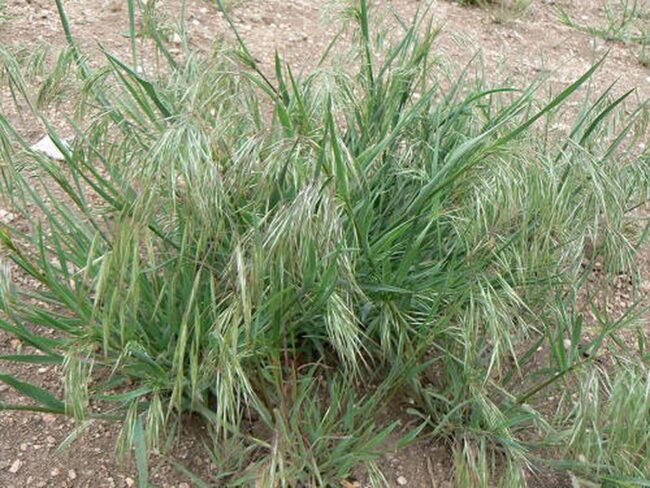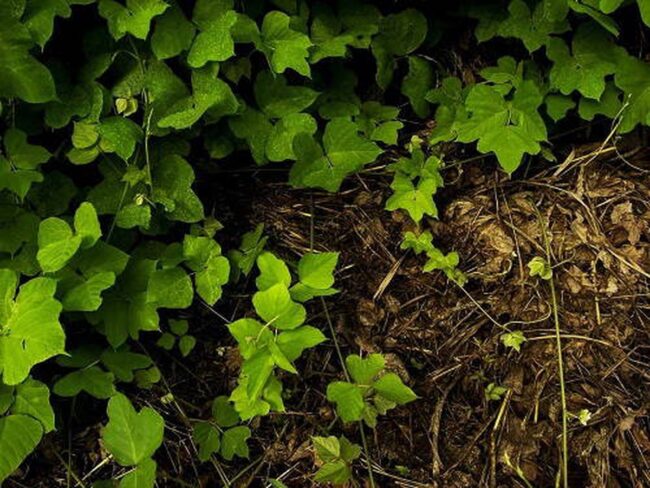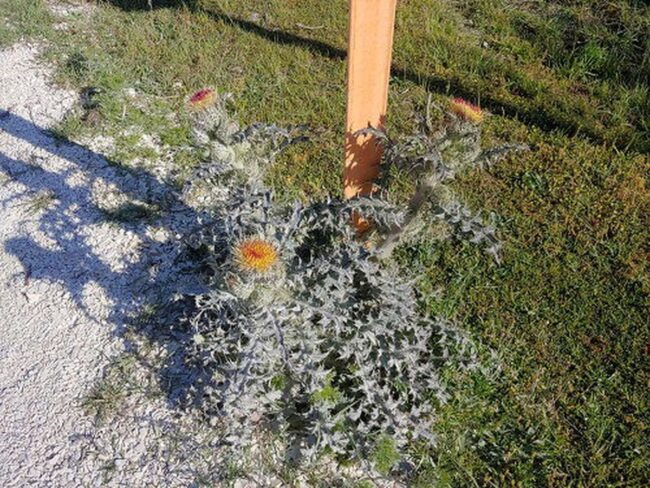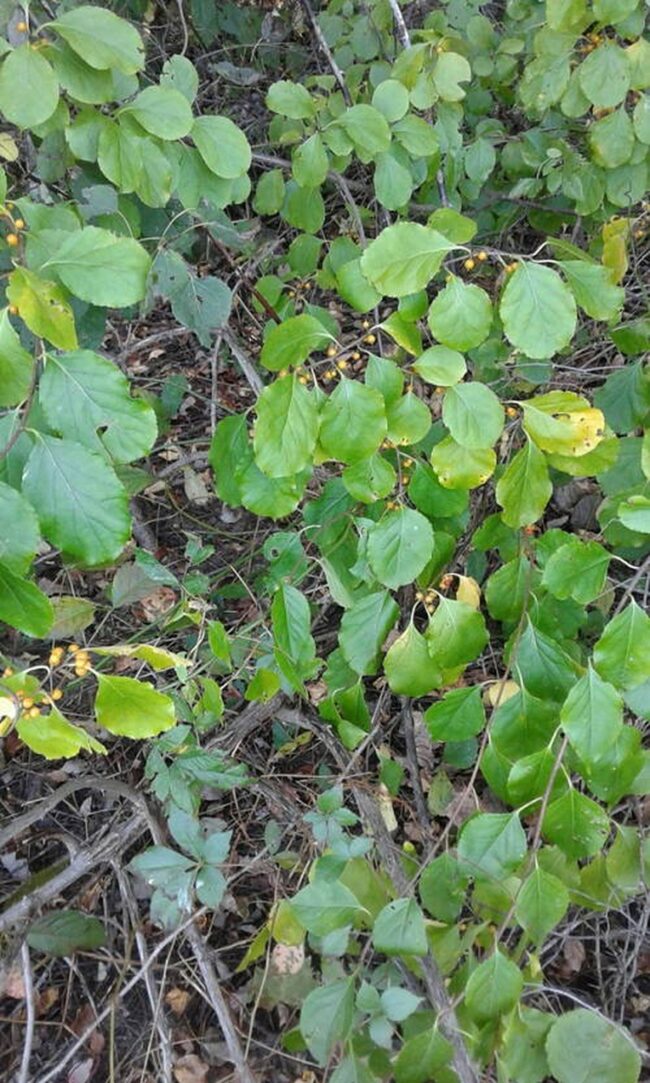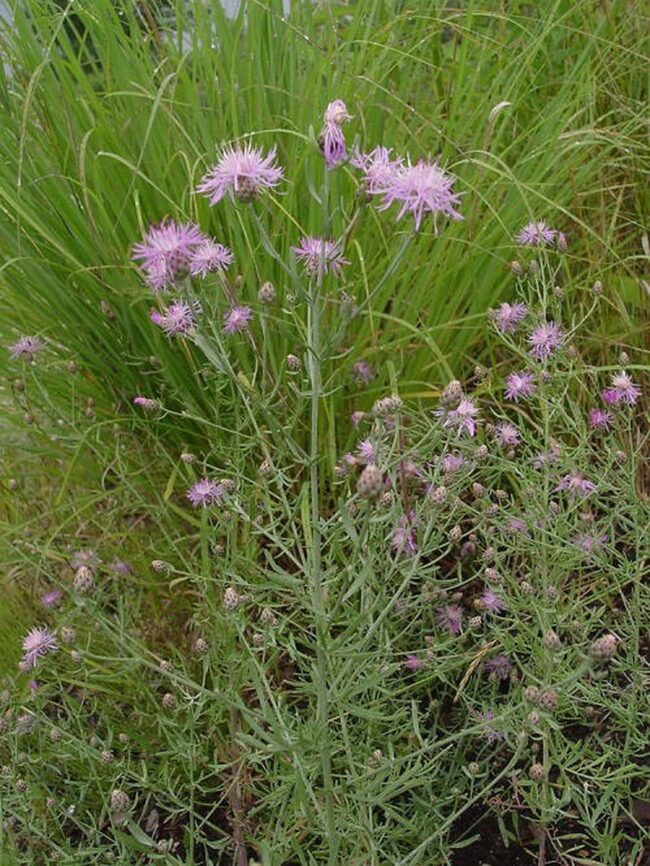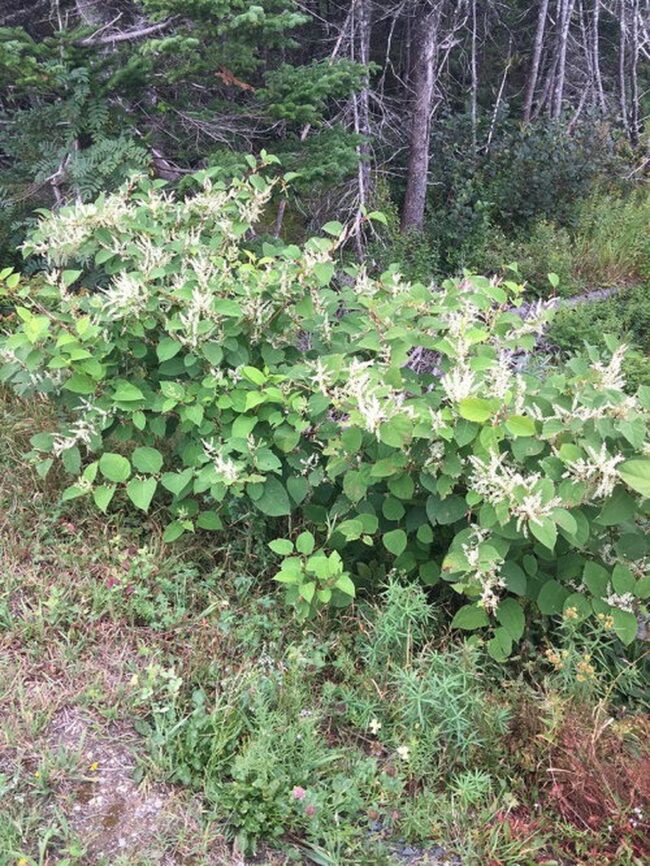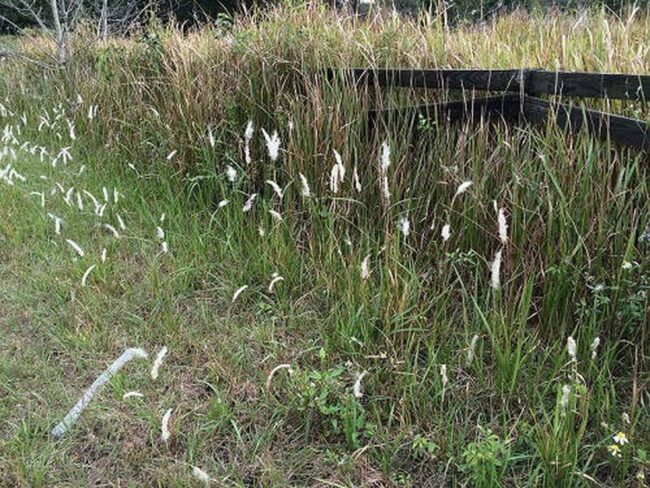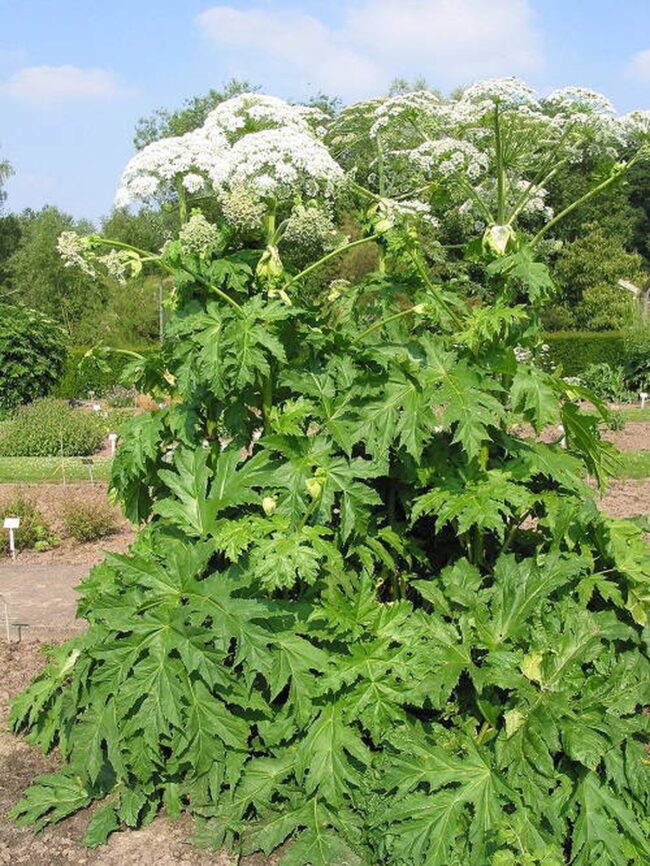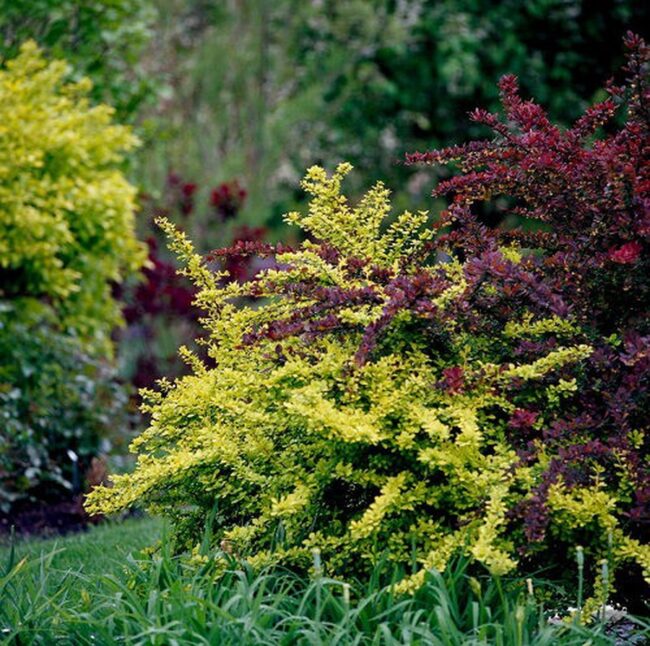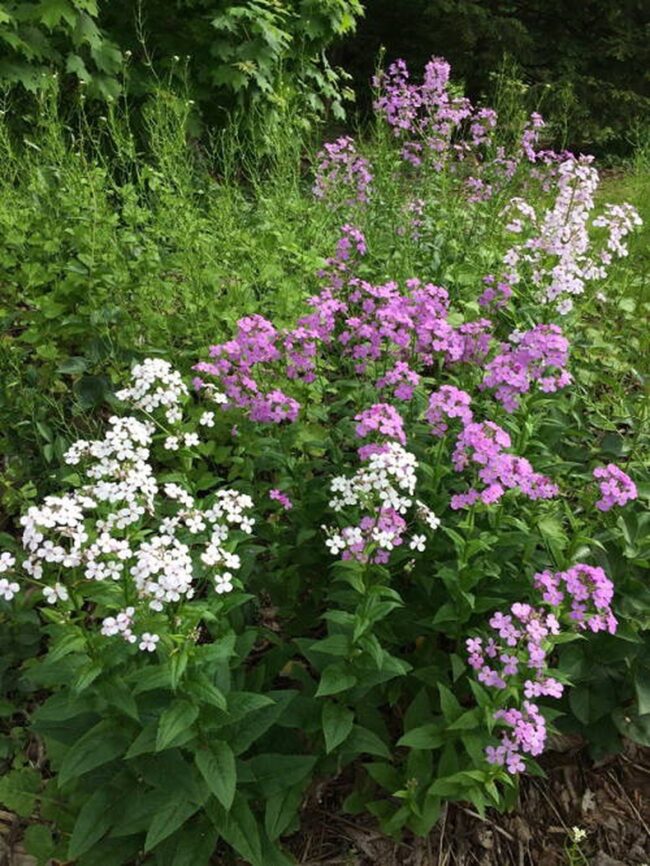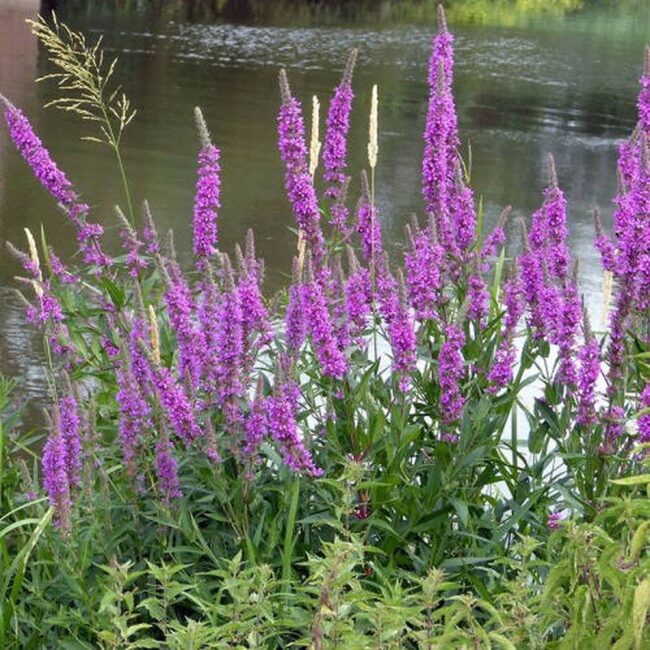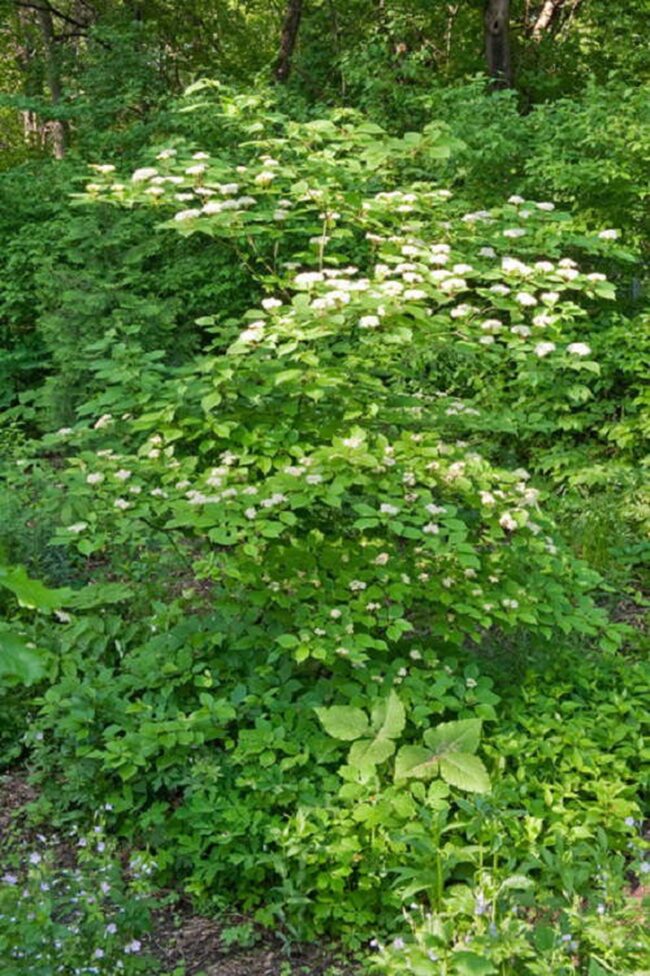13 Most Invasive Plants: Remove These Garden Troublemakers Now
Invasive plants can quickly take over gardens, yards, and natural spaces, creating challenges for local ecosystems.
These aggressive species spread rapidly and crowd out native plants that are important for wildlife.
Their presence often changes the soil and water conditions, making it hard for other vegetation to thrive.
Many invasive plants have strong roots or fast-growing vines that make removal difficult once established.
Understanding how these plants behave helps in recognizing their threat early on.
Keeping an eye out for unwanted invaders can protect the beauty and health of outdoor areas.
Acting promptly when spotting such plants is crucial to maintaining balance in nature.
Cheatgrass
Cheatgrass spreads aggressively across western landscapes like wildfire, dominating grasslands and disrupting native ecosystems.
Introduced from Eurasia in the 1800s, this annual grass quickly colonizes disturbed areas with remarkable speed.
Ranchers and land managers recognize its destructive potential as cheatgrass crowds out beneficial native grasses.
Seeds easily attach to animal fur and clothing, helping the plant disperse rapidly across regions.
Dry cheatgrass turns golden brown and becomes highly flammable, increasing wildfire risks in sensitive habitats.
Range managers struggle to control its expansion through mechanical removal and targeted herbicide treatments.
Ecological restoration projects prioritize preventing cheatgrass establishment to protect biodiversity.
Careful monitoring and early intervention remain critical for managing this persistent invasive species.
Kudzu
Kudzu is a fast-growing vine that smothers everything in its path, creating massive environmental challenges across southeastern united states.
Asian origins define this aggressive plant's destructive nature.
Southern landscapes quickly succumb to its rapid expansion, with Kudzu consuming approximately 150,000 acres annually.
Agricultural experts warn about its unchecked growth pattern, describing it as a green menace that overwhelms native ecosystems.
Dense vines climb trees, telephone poles, and structures without mercy, blocking sunlight and killing surrounding vegetation.
Wildlife habitats suffer significant disruption from Kudzu's relentless spread.
Government agencies classify this plant as a serious ecological threat requiring immediate removal.
Southeastern landowners must remain vigilant and proactively eliminate any Kudzu patches to prevent widespread ecological damage.
Yellow Star-Thistle
Yellow star-thistle wreaks havoc across agricultural landscapes with its aggressive spreading capabilities.
Mediterranean wildflowers originally from Europe quickly colonize disturbed ground through prolific seed production.
Agricultural regions suffer devastating consequences when these spiky plants establish dense populations.
Rangelands lose nutritional grass diversity as yellow star-thistle dominates open spaces.
Livestock cannot graze effectively in areas overtaken by these sharp-pointed yellow flowering plants.
Agricultural managers recommend immediate removal to prevent widespread ecosystem disruption.
Mechanical pulling and targeted herbicide treatments work best for controlling these invasive infestations.
Preventing seed dispersal becomes critical for stopping yellow star-thistle's destructive spread across pastures and open fields.
Bittersweet
Bittersweet vines spread aggressive roots that quickly dominate garden landscapes and choke out surrounding native plants.
Native to North America, this climbing plant looks deceptively attractive with colorful berries during winter months.
Its woody stems wrap tightly around trees and shrubs, preventing healthy growth and blocking sunlight.
Bittersweet reproduces rapidly through underground root systems and bird-dispersed seeds.
Wildlife cannot effectively control its expansion across woodland areas and garden spaces.
Careful monitoring helps prevent total landscape destruction by this invasive species.
Professional gardeners recommend complete root removal to stop future growth and protect native plant communities.
Spotted Knapweed
Spotted knapweed destroys grassland ecosystems with aggressive spread across meadows and pastures.
Seeds disperse rapidly through wind, animal movement, and human transportation.
European origins mask its dangerous potential in North American landscapes.
Rapid reproduction allows single plants to generate thousands of offspring within one season.
Meadow grasses and native wildflowers suffer severe competition from this resilient invader.
Agricultural lands experience significant damage when knapweed establishes dense colonies.
Ranchers and land managers must remove plants immediately to prevent ecological disruption.
Chemical treatments and careful root extraction help control this persistent botanical threat.
Japanese Knotweed
Japanese knotweed ranks among the most destructive invasive plants threatening north american ecosystems.
Introduced from East Asia in the late 1800s, this aggressive plant spreads rapidly through underground rhizomes and root fragments.
Small root segments can regenerate entire plant colonies within weeks.
Landscapers struggle to control its persistent spread across gardens, forests, and urban spaces.
Mechanical removal requires careful excavation of extensive root systems to prevent regrowth.
Chemical treatments sometimes help manage widespread infestations.
Ecological experts recommend immediate removal and complete disposal to prevent further environmental damage.
Cogongrass
Cogongrass spreads rapidly across landscapes with aggressive root systems that choke out native plants.
Researchers warn it can quickly dominate ecosystems and disrupt local plant communities.
Agricultural experts classify cogongrass as an extremely problematic invasive species with devastating ecological consequences.
Identifying this grass proves challenging because it looks similar to other ornamental grasses.
Nasty underground rhizomes help cogongrass multiply quickly and resist traditional removal methods.
Landowners must act decisively to prevent widespread environmental damage from this plant.
Government agencies strongly recommend complete eradication whenever cogongrass appears on property.
Canada Thistle
Canada thistle destroys ecosystems with aggressive spreading tactics that harm native plant communities across north american landscapes.
Agricultural zones suffer serious damage from this persistent perennial weed that grows rapidly in multiple environments.
Wild grasslands, pastures, and forest edges become quick targets for its invasive root systems.
Seeds spread through wind, water, and animal movements, enabling quick colonization of disturbed ground.
Agricultural experts warn landowners about its potential to reduce crop yields and choke out beneficial vegetation.
Farmers recognize this plant as a significant threat to healthy land management practices.
Conservation teams recommend immediate removal using targeted herbicide treatments or careful manual extraction.
Persistent monitoring helps prevent widespread ecological disruption caused by this destructive plant species.
Giant Hogweed
Giant hogweed presents extreme danger through its toxic sap that causes severe skin burns and potential blindness.
This massive plant towers over most garden vegetation with towering stems reaching up to 15 feet tall.
Contact with its sap can trigger painful chemical burns that blister and scar human skin rapidly.
White umbrella-like flower clusters make this plant visually distinctive despite its hazardous nature.
Protective clothing becomes essential if you must remove or handle Giant Hogweed in your environment.
Skin exposure requires immediate washing with cold water and seeking medical attention to prevent long-term damage.
Wildlife and humans share equal risk from this aggressive botanical menace that spreads quickly through seeds and root systems.
Barberry
Barberry shrubs spread rapidly across american landscapes, creating serious ecological challenges for native ecosystems.
These thorny plants quickly colonize woodlands and forest edges, pushing out indigenous vegetation with remarkable speed.
Deer ticks find perfect hiding spots within dense barberry branches, increasing risks of Lyme disease transmission.
Wildlife habitats suffer significant disruption when these invasive shrubs take root and multiply unchecked.
Regional conservation efforts strongly recommend complete eradication of both Japanese and Common barberry varieties.
Careful extraction requires protective clothing and thorough root removal to ensure the plant cannot regenerate.
Responsible landscaping practices help protect local biodiversity and reduce potential health risks associated with these aggressive shrubs.
Dame’s Rocket
Dame's rocket spreads rapidly through gardens and natural landscapes, disrupting native plant communities with its aggressive growth pattern.
Seeds from these colorful flowers scatter quickly, overtaking surrounding vegetation in multiple regions.
Forest edges and open meadows become prime targets for Dame's Rocket's unchecked expansion.
Invasive characteristics make this plant dangerous despite its delicate pink, purple, and white flowers.
Conservation experts strongly recommend removing Dame's Rocket immediately upon identification.
Ecological balance depends on controlling its widespread distribution across different habitats.
Responsible gardening means recognizing and eliminating potential environmental threats before they establish deep roots.
Purple Loosestrife
Purple loosestrife destroys native wetland ecosystems with aggressive spreading patterns.
Flowering stalks of vibrant purple invade marshes and riverside areas rapidly.
European settlers originally brought this plant to North America as an ornamental garden specimen.
Wetland habitats suffer massive damage when purple loosestrife establishes extensive root systems.
Ecological experts warn this plant can quickly replace hundreds of native plant species.
Wildlife populations decline dramatically because the dense growth eliminates critical habitat and food sources.
Responsible environmental stewardship means identifying and eliminating purple loosestrife before it devastates natural landscapes.
Common Buckthorn
Common buckthorn destroys native ecosystems with aggressive spreading tactics that harm local plant communities.
European settlers first brought this dangerous shrub to North America in the 1800s.
Massive root systems choke out surrounding vegetation and disrupt natural woodland habitats.
Seeds from buckthorn spread rapidly through bird droppings, allowing quick colonization of new areas.
Ecological damage occurs because the plant grows faster than indigenous species and creates dense thickets.
Wildlife cannot use these thickets for proper shelter or food sources.
Removing buckthorn requires complete root extraction to prevent regrowth and protect native plant populations.

